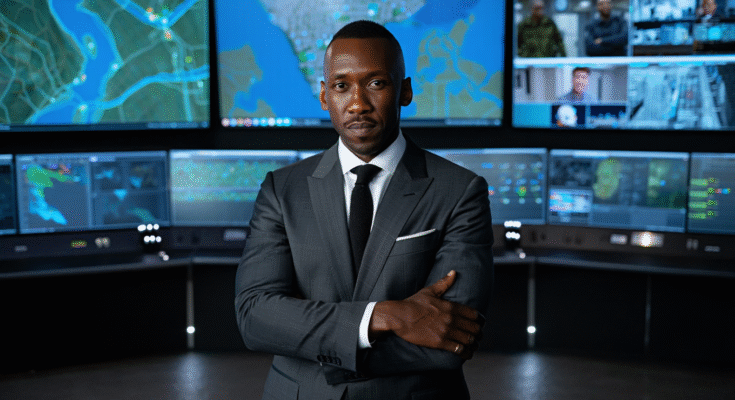
It’s been over a decade since The Wire last held up its mirror to Baltimore — and to us — exposing the systems that bind, fail, and define modern America. Now, in The Wire: Season 6 (2025), creator David Simon resurrects his masterwork not as a nostalgic revival, but as a sharp, urgent reckoning with a world that’s evolved far faster than its conscience. The corner boys have smartphones, the dealers have data streams, and corruption has gone digital — but the heartbeat of The Wire remains the same: “All the pieces matter.”
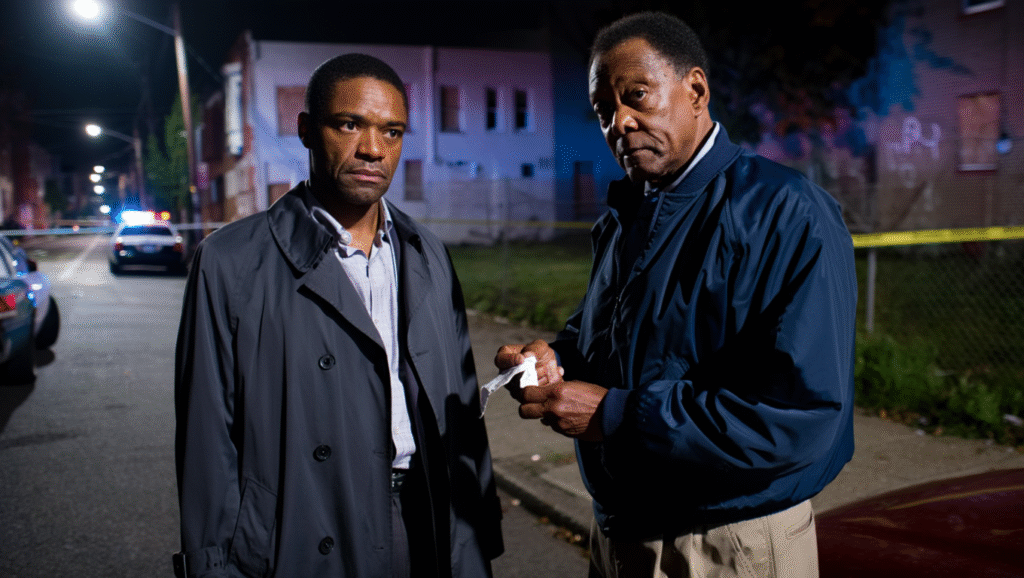
The season opens on a Baltimore unrecognizable yet eerily familiar. Glass towers rise where tenements once stood, but the ghosts of the past still linger in every alleyway. Dominic West’s Jimmy McNulty, now older and battered by the consequences of his own rebellion, returns to a city that feels less like home and more like a crime scene with Wi-Fi. Reinstated after years in exile, McNulty is pulled into a web of politically motivated murders — assassinations disguised as accidents, each connected to a new kind of organized power. West plays him like a man haunted by his own myth, a detective out of time in a system that’s learned to disguise its rot.
Wendell Pierce’s Bunk Moreland, still the soul of the department, anchors the chaos with weary gravitas. His scenes with McNulty carry the ache of old friendships weathered by truth and compromise. “You can’t chase ghosts in a city that sells souls,” Bunk mutters, bourbon in hand, his humor now laced with heartbreak. Their partnership, once fueled by camaraderie and cynicism, now feels like a survival pact in an institution that’s stopped pretending to care about justice.
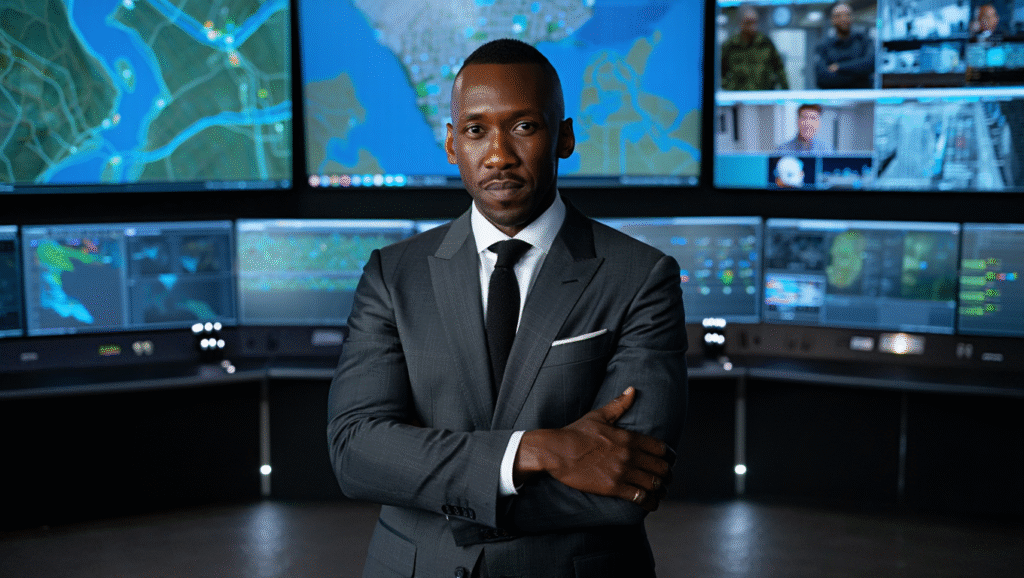
But the show’s true masterstroke lies in its new blood. Mahershala Ali’s introduction as Tariq Bell — a tech-savvy kingpin inspired by Stringer Bell’s legacy — is nothing short of mesmerizing. Tariq isn’t slinging on corners; he’s moving data, laundering crypto, and weaponizing influence. “The product ain’t powder no more,” he tells his lieutenants. “It’s information.” Ali delivers a magnetic, quietly menacing performance — part philosopher, part algorithmic warlord — a man who’s turned Stringer’s corporate dream into digital domination. In him, we see the evolution of The Wire’s central question: what happens when capitalism and crime become indistinguishable?
Then comes the season’s boldest twist — the return of Wallace. Michael B. Jordan, reprising his breakout role, turns shock into substance. His survival — hidden for decades under witness protection — feels implausible on paper, yet Simon and co-creator Ed Burns weave it seamlessly into the narrative. Now a community activist and educator, Wallace represents the conscience of the series — a ghost of innocence resurrected in a city that forgot what innocence looked like. Jordan’s performance burns with restrained fury, his every scene a plea for redemption in a system designed to swallow hope whole.
Wallace’s clashes with Tariq are the stuff of modern tragedy. Two men raised in the same streets, chasing opposite visions of power: one believes in reform, the other in domination. Their ideological duel unfolds across the city — on podcasts, in protests, in dark server rooms where lives are traded like currency. “You changed the game,” Wallace says. “No,” Tariq replies. “The game changed us.” It’s The Wire distilled into one brutal truth: progress without morality is just evolution in disguise.
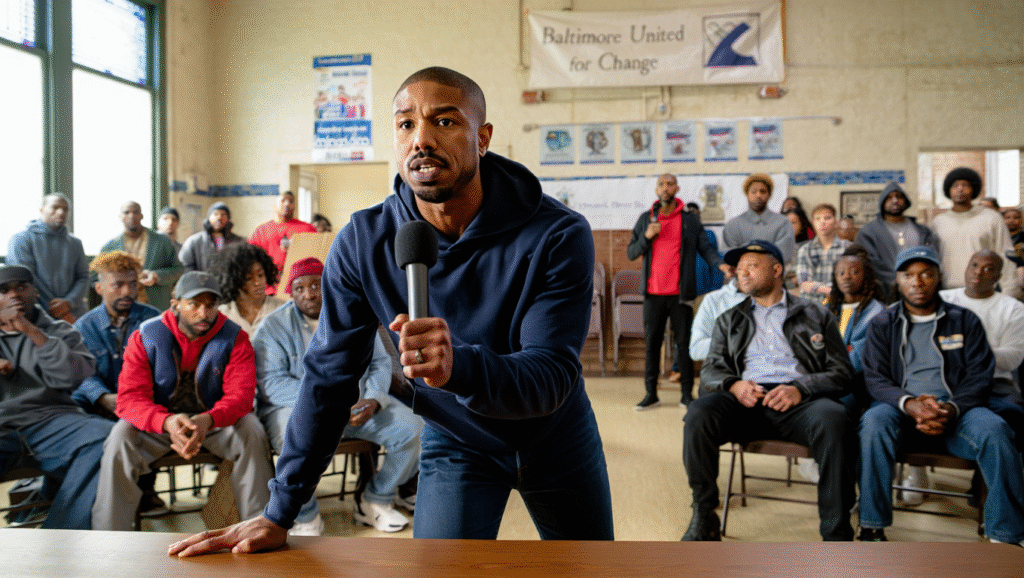
McNulty’s investigation — sprawling, maddening, and morally corrosive — ties these threads together. The deeper he digs into the murders, the more he uncovers how technology has simply given corruption new language. City contracts launder influence, predictive policing masks bias with math, and politicians livestream justice while selling its bones behind the scenes. Simon’s writing is as incisive as ever, balancing sociological sharpness with human ache. “Baltimore’s still Baltimore,” McNulty says, staring out at the skyline. “Just fewer corners — and better cameras.”
Stylistically, Season 6 remains loyal to the show’s DNA. No flashy edits, no sweeping score — just the quiet hum of a city breathing in struggle. The cinematography by Bradford Young is extraordinary, bathing Baltimore in cold LED glow and shadows that swallow faces like secrets. The digital motifs — screens flickering in the dark, faces reflected in glass — echo the season’s thesis: transparency doesn’t mean truth.
By the final two episodes, The Wire: Season 6 crescendos into something mythic. McNulty’s moral collapse mirrors the system’s — both men chasing justice through destruction. Wallace’s final confrontation with Tariq in the gutted remains of the old Franklin Terrace towers feels like the series coming full circle. Their dialogue — hushed, desperate — plays against the sound of distant sirens and echoing drones. It’s not a shootout; it’s a requiem.
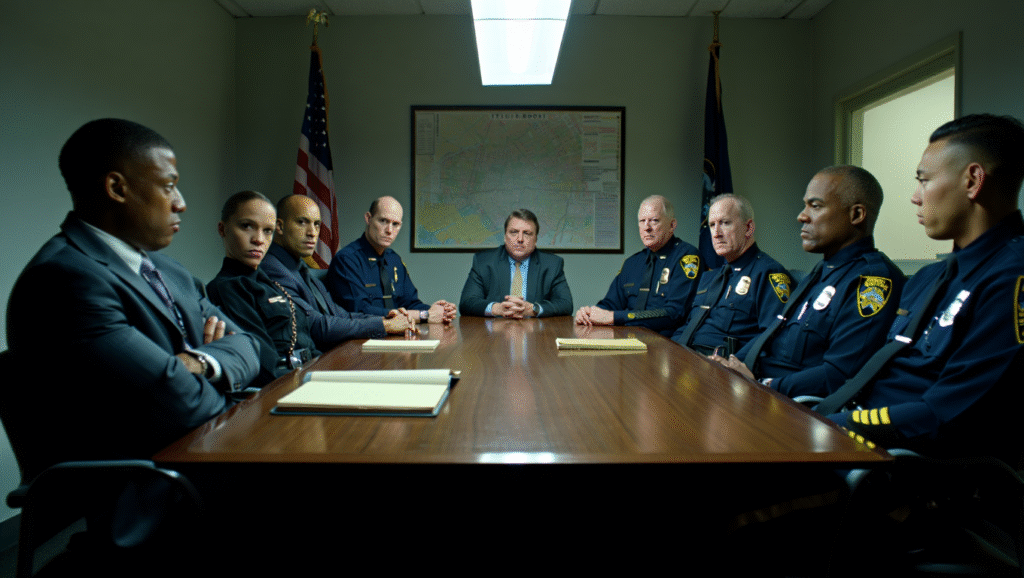
When the smoke clears, nothing is fixed — but everything is understood. Baltimore remains a city of contradictions: evolving, decaying, enduring. The Wire doesn’t offer redemption; it offers recognition. The brilliance of Season 6 is that it refuses to moralize — it observes, dissects, and lets the truth sting.
In its closing moments, Bunk walks through a precinct lined with monitors streaming live data, arrest metrics, social feeds. He mutters the show’s final line, a bitter echo of the past: “Same city, different wires.” Fade to black.